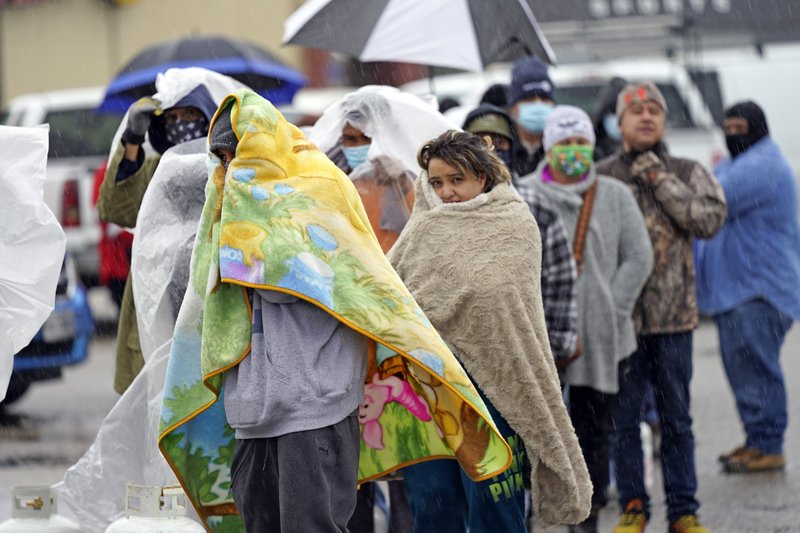Wholly redesigning the power grid in Texas seems unlikely. After the snow melts, the state will need to tackle two more straightforward questions. The first is whether it needs to increase reserve capacity. “If we impose a capacity market here and a bunch of new cap-ex is required to winterise equipment, who bears that cost? Ultimately it’s the customer,” says Bobby Tudor, chairman of TPH. The second is how Texas can ensure the reliability of equipment in extreme weather conditions. After a polar vortex in 2014 hit the east coast, PJM, a regional transmission organisation, started making higher payments based on reliability of service, says Michael Weinstein of Credit Suisse, a bank. In Texas there is no penalty for systems going down, except for public complaints and politicians’ finger-pointing.
得州電網似乎不太可能進行完全的重新設計。雪融化后,州政府需要解決兩個更直接的問題。首先是是否需要增加儲備電量。TPH公司董事長鮑比·都鐸表示,“如果我們要在得州建立電力容量市場,就需要一批新的資本性支出用于過冬設備,那誰來承擔這個成本?最終還是用戶。”第二個問題是,得州如何確保極端天氣條件下的設備可靠性。瑞士信貸銀行的邁克爾·溫斯坦表示,2014年,東海岸遭遇極地漩渦襲擊后,地區輸電組織PJM開始為追求服務的可靠性而支付更高額的費用。此次得州電力系統的崩潰只遭到了公眾的抱怨和政客的指責,卻沒有受到懲罰。

Texas is hardly the only state to struggle with blackouts. Parts of California, which has a more tightly regulated power market, are regularly plunged into darkness during periods of high heat, winds and wildfires. Unlike Texas, much of northern California is dependent on a single utility, PG&E. The company has been repeatedly sued for dismal, dangerous management. But, as in Texas, critics have blamed intermittent renewable power for blackouts. In truth, California’s blackouts share many of the same causes as those in Texas: extreme weather, power generators that fail unexpectedly, poor planning by state regulators and an inability (in California, temporary) to import power from elsewhere. In California’s blackouts last year, solar output naturally declined in the evening. But gas plants also went offline and weak rainfall lowered the output of hydroelectric dams.
得州并不是唯一一個與停電作斗爭的州。加州部分地區的電力市場監管更為嚴格,在高溫、大風和野火期間,這些地區經常陷入黑暗之中。與得州不同的是,北加利福尼亞州的大部分地區只依賴于一個單一的公用事業公司——太平洋燃氣電力公司(PG&E)。該公司曾多次因管理不善和危險管理而被起訴。但和得州情況一樣的是,批評人士指責間歇性可再生能源是停電的罪魁禍首。事實上,加州的停電原因與得州的停電原因有許多相同點:極端天氣、發電機意外故障、州監管機構規劃不力以及(加州暫時)無法從其他地方輸入電力。在加州去年的大停電中,夜晚的太陽能發電量自然下降。天然氣發電廠也關閉了,弱降雨還降低了水電站的發電量。
In California, as in Texas, it would help to have additional power generation, energy storage to meet peak demand and more resilient infrastructure, such as buried power lines and more long-distance, highvoltage transmission. Weather events that once might have been dismissed as unusual are becoming more common. Without more investment in electricity grids, blackouts will be, too.
和得州的解決方式相同,在加州增加能夠滿足其高峰需求的備用發電和儲能,以及建設適應能力更強的基礎設施(如埋地輸電線和更遠距離的高壓輸電)將有所幫助。曾經因罕見而被疏忽的天氣事件正變得越來越普遍。如果不對電網進行更多的投資,停電也將再次發生。
譯文由可可原創,僅供學習交流使用,未經許可請勿轉載。











